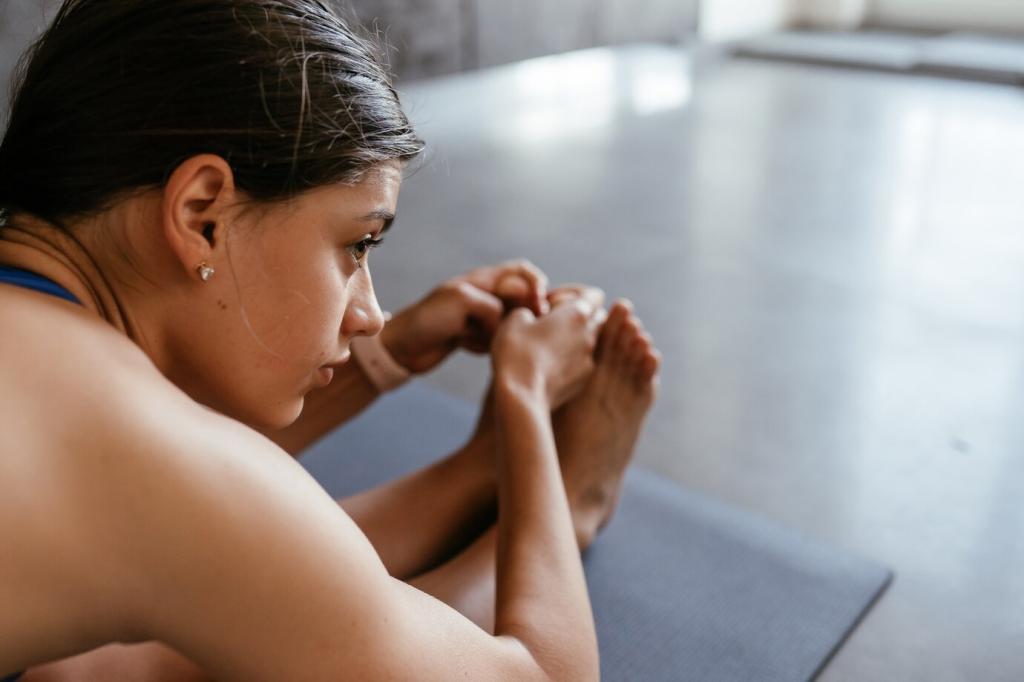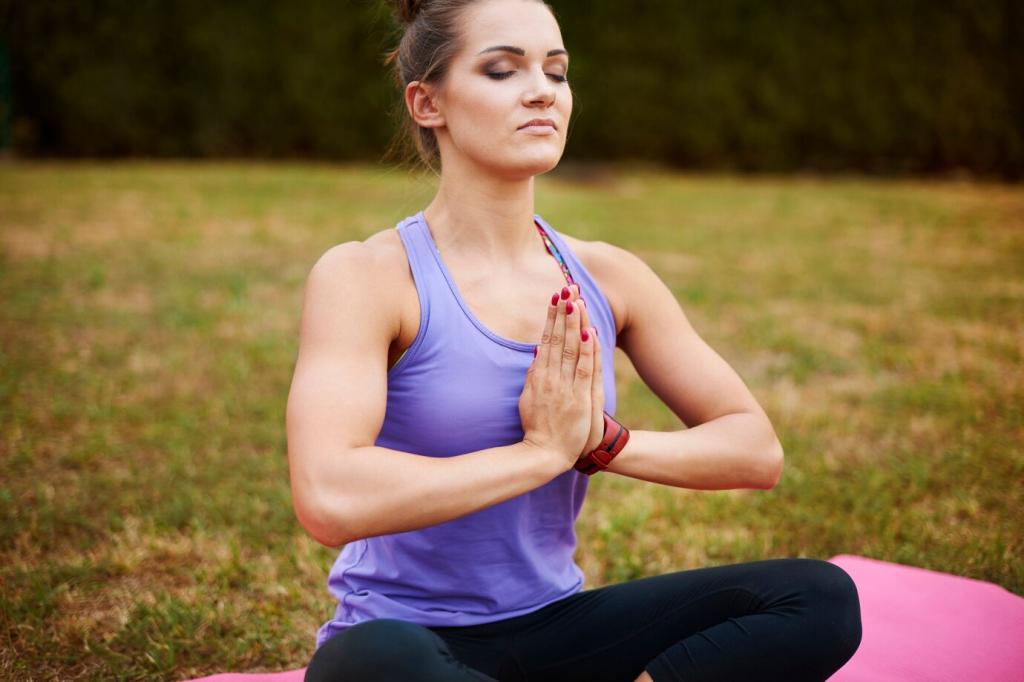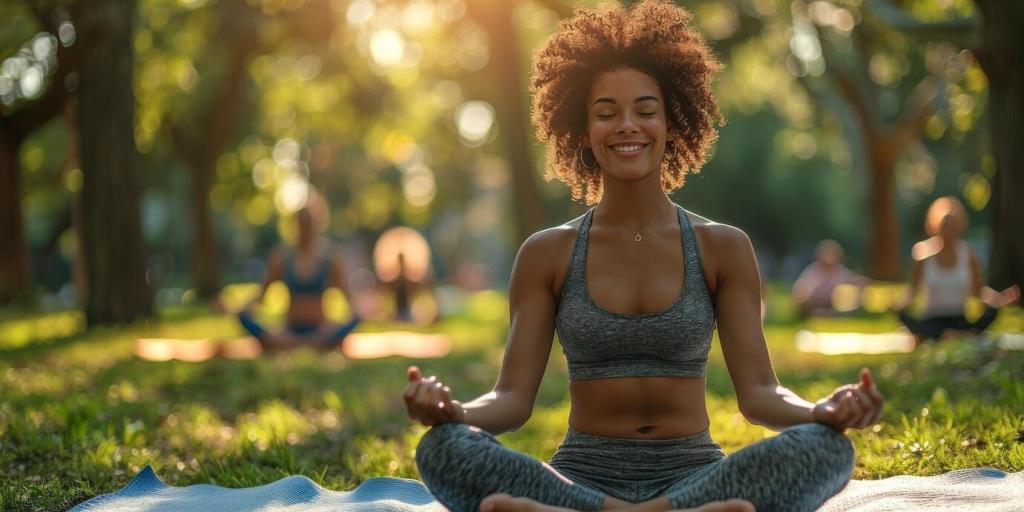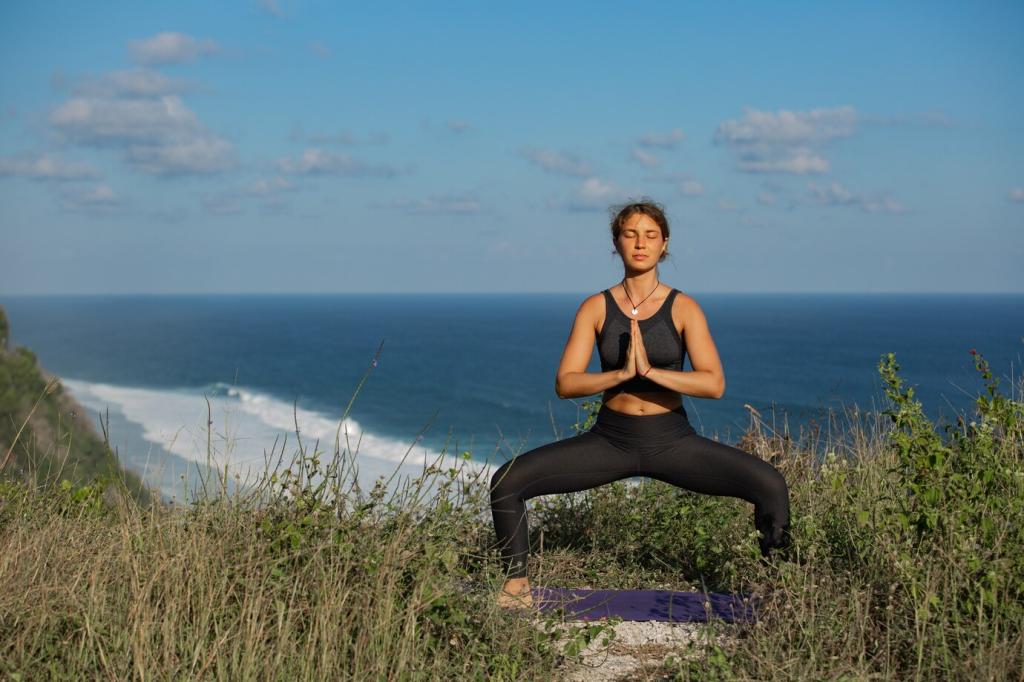Why Visualization Works for Training
When you vividly imagine a lift, stride, or stretch, the brain activates many of the same pathways as physical practice. Studies suggest mental rehearsal improves technique consistency, confidence, and readiness, especially when paired with focused, high-quality physical training.
Why Visualization Works for Training
Visualization shapes attention and expectation, helping you notice cues that matter and quiet distractions. By picturing successful effort—and the effort it requires—you reduce doubt, regulate nerves, and step into sessions with calm intensity and a purposeful plan.
Why Visualization Works for Training
Specific images tied to meaningful outcomes make goals feel tangible. Picture your 5K finish clock, the crisp bar path, or a deep, stable squat. Connect those scenes to daily actions, transforming abstract ambition into clear, repeatable behaviors.













